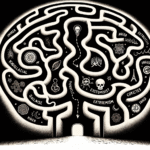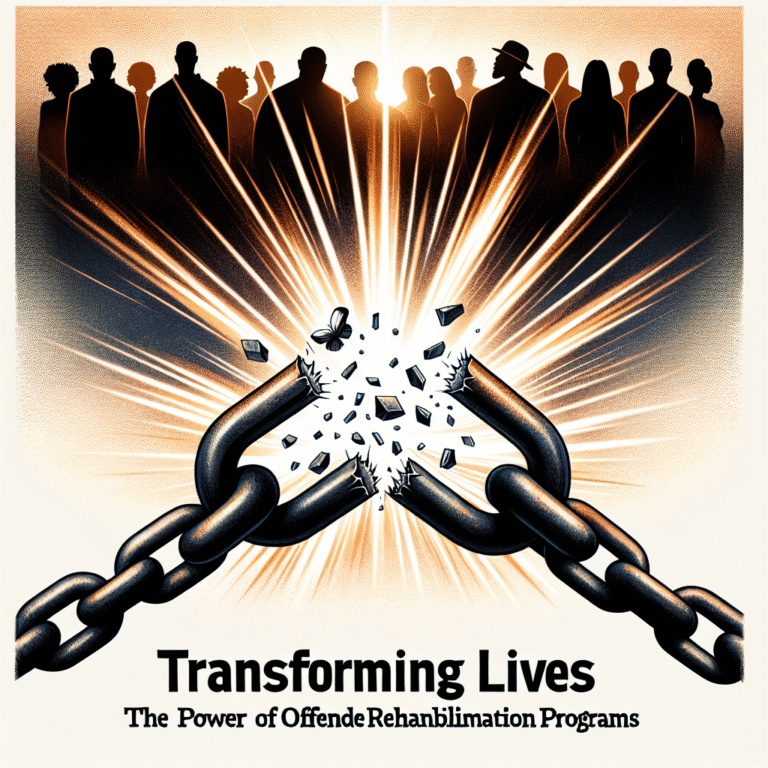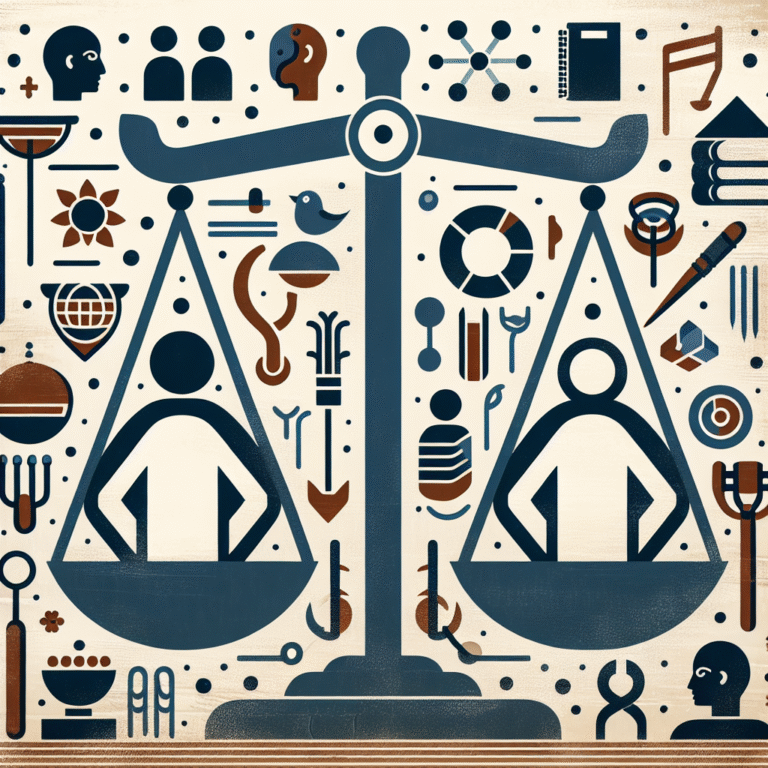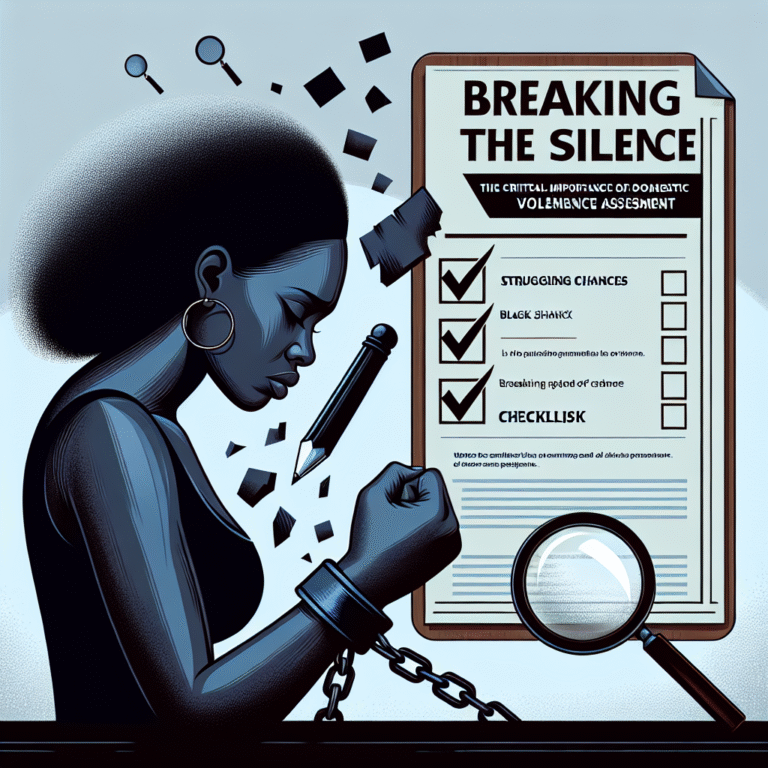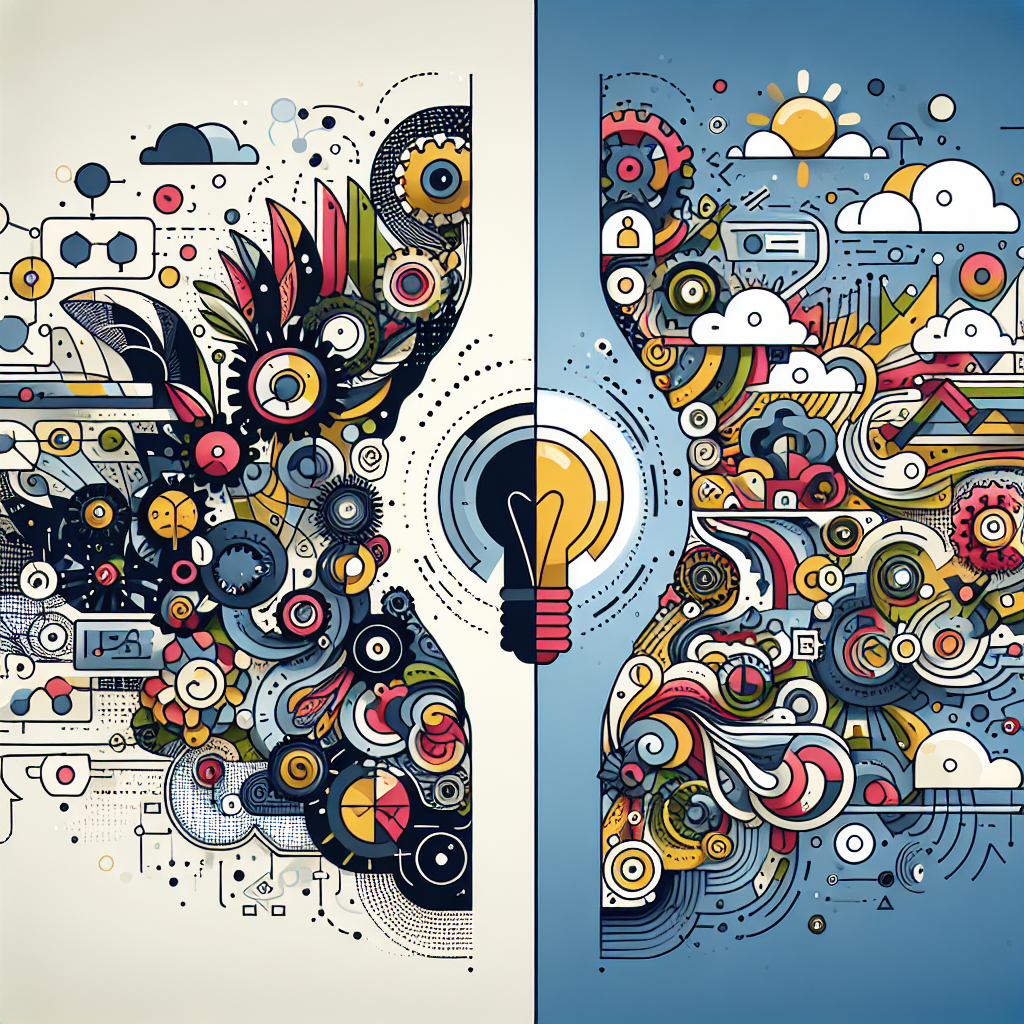
Introduction
In today’s fast-paced world, creativity is more essential than ever. Whether you’re running a business, embarking on a personal project, or simply trying to solve everyday problems, the ability to think outside the box can set you apart. With so many ideas circulating, the key to innovation often lies in flexibility—specifically, the ability to feel free to adapt or combine these to better fit your ideas! This article explores how you can harness this adaptability cognitively and practically, providing valuable insights, real-world examples, and actionable takeaways.
Why Adaptation and Combination are Essential
The Power of Adaptation
Adaptation is not just a survival tactic; it’s an integral part of creative thinking. When you adapt existing ideas or methods, you allow room for improvement and innovation. Research shows that many breakthrough innovations stem from remixing existing concepts. For example, the smartphone is a combination of several technologies: telephony, computing, and photography, all adapted into one nifty device.
The Magic of Combination
Combining ideas is equally powerful. This method allows you to leverage different perspectives and areas of expertise to create something new. For instance, the concept of combining fitness and gaming led to the rise of applications that make exercising fun, such as augmented reality fitness games.
A great approach is to feel free to adapt or combine these to better fit your ideas! By doing this, not only do you open up new avenues, but you might also find a unique niche in your chosen field.
How to Harness Adaptability and Combination
Step 1: Identify Your Core Idea
Before you can adapt or combine ideas, you must first know what you’re working with. This involves identifying your base concept. Create a mind map or list to clarify your thoughts.
Example Mind Map
| Core Idea | Related Concepts | Possible Combinations |
|---|---|---|
| Eco-Friendly Packaging | Sustainability, Design | Biodegradable containers |
| Online Learning | Education, Accessibility | Virtual reality classrooms |
| Health & Wellness | Nutrition, Fitness | Apps that focus on both |
Step 2: Research Existing Ideas
Once you have a clear concept, delve into existing solutions. Platforms like Google Scholar or industry-specific journals can provide insights into what has been done. This will help you see how others have embraced the idea of feel free to adapt or combine these to better fit your ideas!
Case Study: Airbnb
Airbnb took the idea of short-term rentals and combined it with social networking, creating a platform that provided not just accommodation but an experience. Its success stems from adapting to customer needs and transforming an outdated model into something fresh.
Step 3: Experiment and Iterate
Don’t be afraid to test and iterate. Start with multiple prototypes or drafts, and be willing to pivot based on testing. This experimentation allows you greater freedom to feel free to adapt or combine these to better fit your ideas!
Table: Iteration Process
| Stage | Action | Feedback Method |
|---|---|---|
| Initial Concept | Create prototype | Focus Groups |
| First Iteration | Adapt based on feedback | Surveys |
| Final Product | Combine winning elements | A/B Testing |
Step 4: Seek Feedback
Once you have a prototype, gather feedback. This should be from various stakeholders—customers, peers, and mentors—to understand what resonates best. Constructive criticism can guide you as you feel free to adapt or combine these to better fit your ideas!
Case Study: Tesla
Tesla continuously gathers consumer feedback on both its products and services, allowing for rapid adaptations that keep the company ahead in a competitive market.
Step 5: Implement and Scale
Once you have refined your idea, it’s time to implement and scale. Leveraging digital marketing tools can aid in reaching a wider audience and encouraging others to feel free to adapt or combine these to better fit your ideas!
Real-World Applications
Entrepreneurs and Small Businesses
Entrepreneurs can leverage adaptability by keeping an eye on market trends and being willing to pivot. A classic example is Netflix, which evolved from DVD rentals to streaming services by adapting to technology and consumer demand.
Product Development
In the tech industry, companies like Apple often combine existing features in innovative ways to create user-friendly products. The iPhone’s integration of a phone, camera, and internet device illustrates the power of combining ideas that previously existed separately.
Education and Learning
In the education sector, blended learning models combine online resources and in-person instruction. By adapting traditional teaching methods to incorporate digital media, educators create more engaging learning experiences.
Challenges and Solutions
Common Challenges
- Fear of Failure: Many individuals hesitate to adapt or combine ideas due to the fear of failure.
- Overwhelming Options: In a world flooded with information, it can be difficult to know which ideas to adapt or combine.
- Resistance to Change: Teams often face pushback when pivoting to new strategies or ideas.
Solutions
- Cultivating a Growth Mindset: Encouraging a culture that views failure as a learning opportunity helps mitigate fear.
- Tools for Organization: Use tools like Trello or Asana to organize your thoughts and prioritize ideas.
- Fostering Open Communication: Encourage team dialogue about potential changes to promote acceptance of new ideas.
Conclusion
By embracing the mindset that you should feel free to adapt or combine these to better fit your ideas!, you open the door to creativity, innovation, and success. Recognize that every great idea starts somewhere: the key lies in your ability to remain flexible and resourceful.
Whether you’re an entrepreneur, a student, or simply someone looking to enhance your creative thinking, remember that adaptation and combination are not just strategies; they are ways of thinking. Take the insights from this guide, apply them in your pursuits, and inspire others to do the same.
FAQs
1. What does it mean to adapt an idea?
Adapting an idea involves modifying it to fit a different context or need, enhancing its relevance or functionality.
2. How do I know if an idea is worth combining?
Assess the potential benefits and drawbacks. If combining ideas can lead to improved functionality, engagement, or market reach, it’s worth considering.
3. What tools can help in combining ideas?
Mind mapping software and organization tools like Trello, Miro, or Google Docs can facilitate the combination process.
4. How can I encourage my team to adapt ideas?
Create an open environment where team members feel safe to share and test new ideas. Regular brainstorming sessions can foster creative thinking.
5. Can I apply these concepts in my daily life?
Absolutely! Whether you’re improving your personal projects or daily tasks, adopting an adaptive mindset can lead to better outcomes and more fulfilling experiences.
By harnessing the principles of adaptation and combination, we not only foster our creativity but also drive progress in our endeavors. So, as you move forward, always feel free to adapt or combine these to better fit your ideas!
